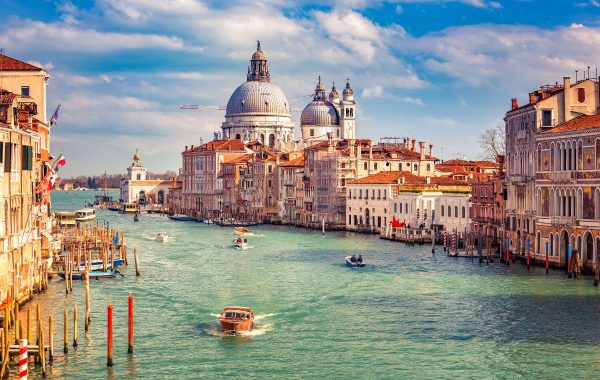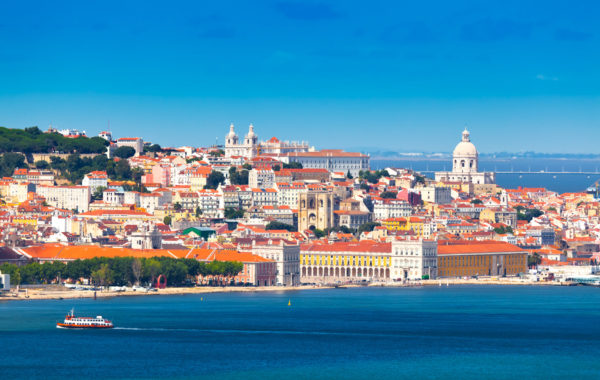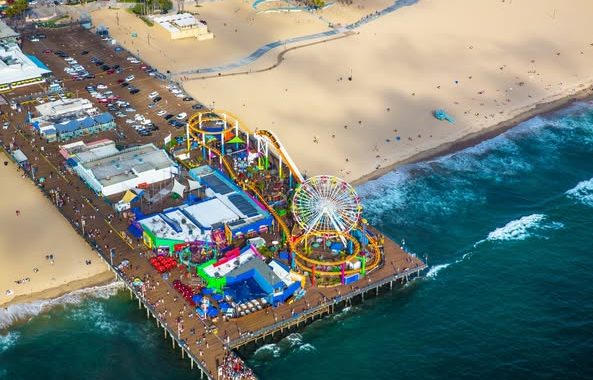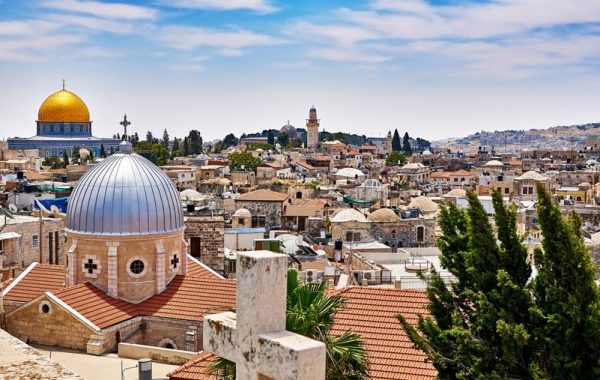Established in 1126, the Camino de Santiago is a renowned pilgrimage for Catholics all over Europe, wherein pilgrims traverse sunny coasts, imposing mountains and delightful countryside villages on their way to the Santiago de Compostela Cathedral in northwestern Spain. The pilgrimage takes place every Jacobean year, that is, a year when 25th July falls on a Sunday. Spain celebrates this day as the Festival of St. James, whose mortal remains are said to have been buried at the Cathedral de Compostela in Santiago. The Jacobean Year takes place once every five, six or eleven years, and 2027 will mark the next Jacobean Year since 2021.
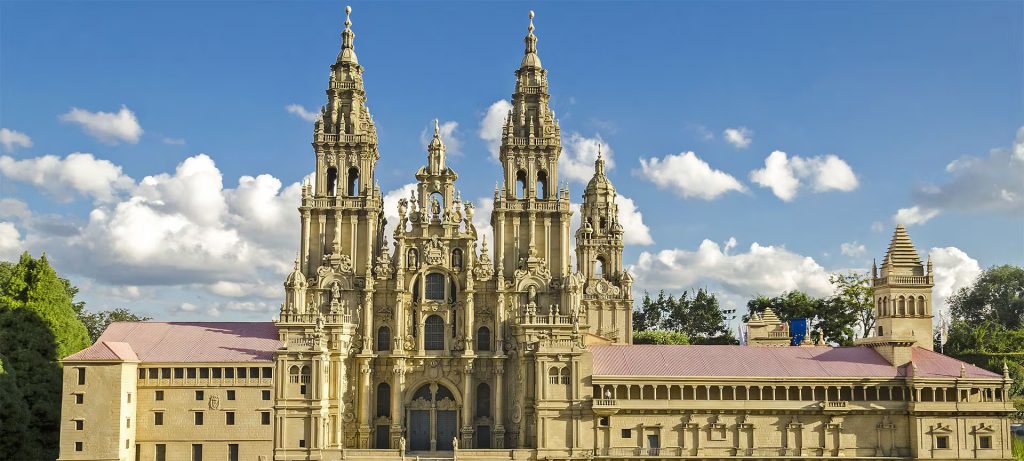
Despite the religious significance of the Camino de Santiago – or the Way of St. James – among Catholics, it also poses an interesting challenge for adventure enthusiasts and backpackers who tread hundreds of miles on foot, bicycle, or even horseback for a once-in-a-lifetime slow travel experience. To help you plan your epic Spanish odyssey next Jacobean Year, here are three paths you can pick from, depending on the kind of experience you prefer:
Camino Frances
As the name suggests, this route starts from Spain’s border with France, cutting across the northern part of the country through to Santiago de Compostela in the region of Galicia. By some accounts, the route was favoured by pilgrims since the 9th century, even before the Camino de Santiago was officially established as a Catholic pilgrimage. In the 12th century, the route was popularised further after it featured in the Codex Calixtinus, a travel guide for pilgrims on St. James’ Way.

Usually, this path begins at the border village of Orreaga-Roncesvalle in the Pyrenees or at the historical city of Jaca further south. Moving on, pilgrims will pass through Pamplona – which is hosts the ceremonial Running of the Bulls in July – and the thriving cultural centre of Leon in the Castile region on their way to Santiago. The Camino Frances is one of the most travelled Ways, so expect to bump into people from all walks of life to share your experiences with!
Also Read: 48 hours in Malaga, Spain | Travel and Food Guide
Camino Primitivo
Though it is one of the shortest routes of the Camino Santiago, its distance belies the difficulty of the Camino Primitivo. Passing through the Asturias and Galicia regions, this is believed to be the route used by King Alfonso II, who undertook the first ever pilgrimage to Santiago de Compostela in the 9th century after the discovery of St. James’ tomb in its cathedral.
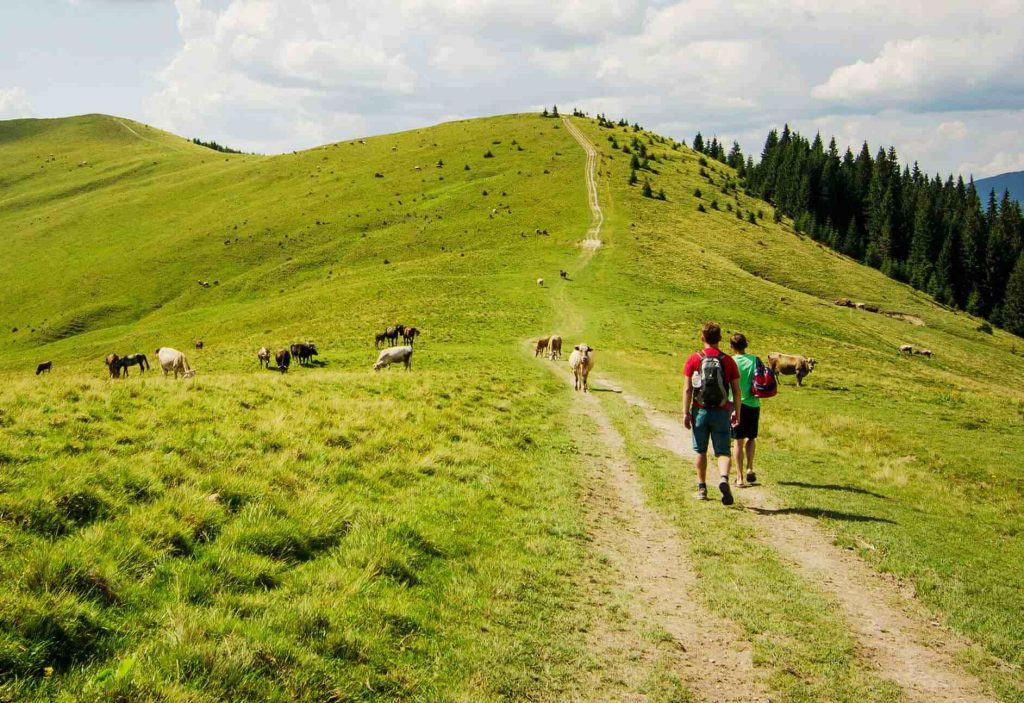
Despite its historical significance, the steep uphill climbs and downhill slopes presented by the mountains and valleys often deter pilgrims. However, the ever-scenic route is ideal for travellers who wish to challenge their limits and script an epic adventure on their holiday. Moreover, for those who want the best of both worlds, the Camino Primitivo also links with the Camino Frances at Melide. The best time to take on the Camino Primitivo is the summer months of July and August, when the weather is most agreeable.
Camino de Invierno
The latest addition to the official list of Ways, the Winter Way is a 230 kilometre route to Santiago de Compostela which serves as an alternative to the last stages of the Camino Frances. Pilgrims along this route take a slight detour from the Camino Frances towards the south at Ponferrada and pass through the Ribeira Sacra region, on their way to the holy cathedral. The name comes from the fact that pilgrims who arrived in the winter months opted for this alternative route in order to avoid the harsh snowy climes of the O Courel and Os Ancares mountain ranges along the Northern Ways.

Also Read: 72 Hours in Barcelona | Travel And Food Guide
Today however, the Winter Way is at its most scenic and rewarding in the autumn months, when the air is crisp and the landscape is dotted with shades of red, ochre and the green of vineyards. Highlights on this trail include a brush with the rich winemaking tradition of the Ribeira Sacra region and Las Medulas outside of Ponferrada.
While making the trip to the Santiago de Compostela Cathedral, pilgrims and travellers alike can look forward to specially curated events like film screenings, concerts and local cuisine-themed tastings along the route.
For latest travel news and updates, food and drink journeys, restaurant features, and more, like us on Facebook or follow us on Instagram. Read more on Travel and Food Network
Trending on TFN
A Spanish Odyssey: Trafalgar’s Unparalleled Best of Spain Itinerary
Imperial Splendors: Trafalgar’s 10-Day Sojourn in Prague, Vienna, and Budapest






